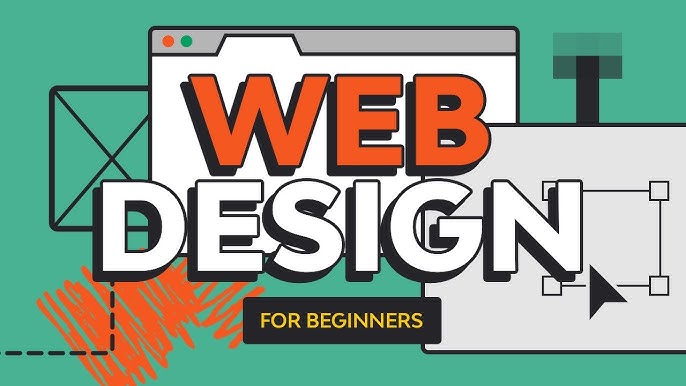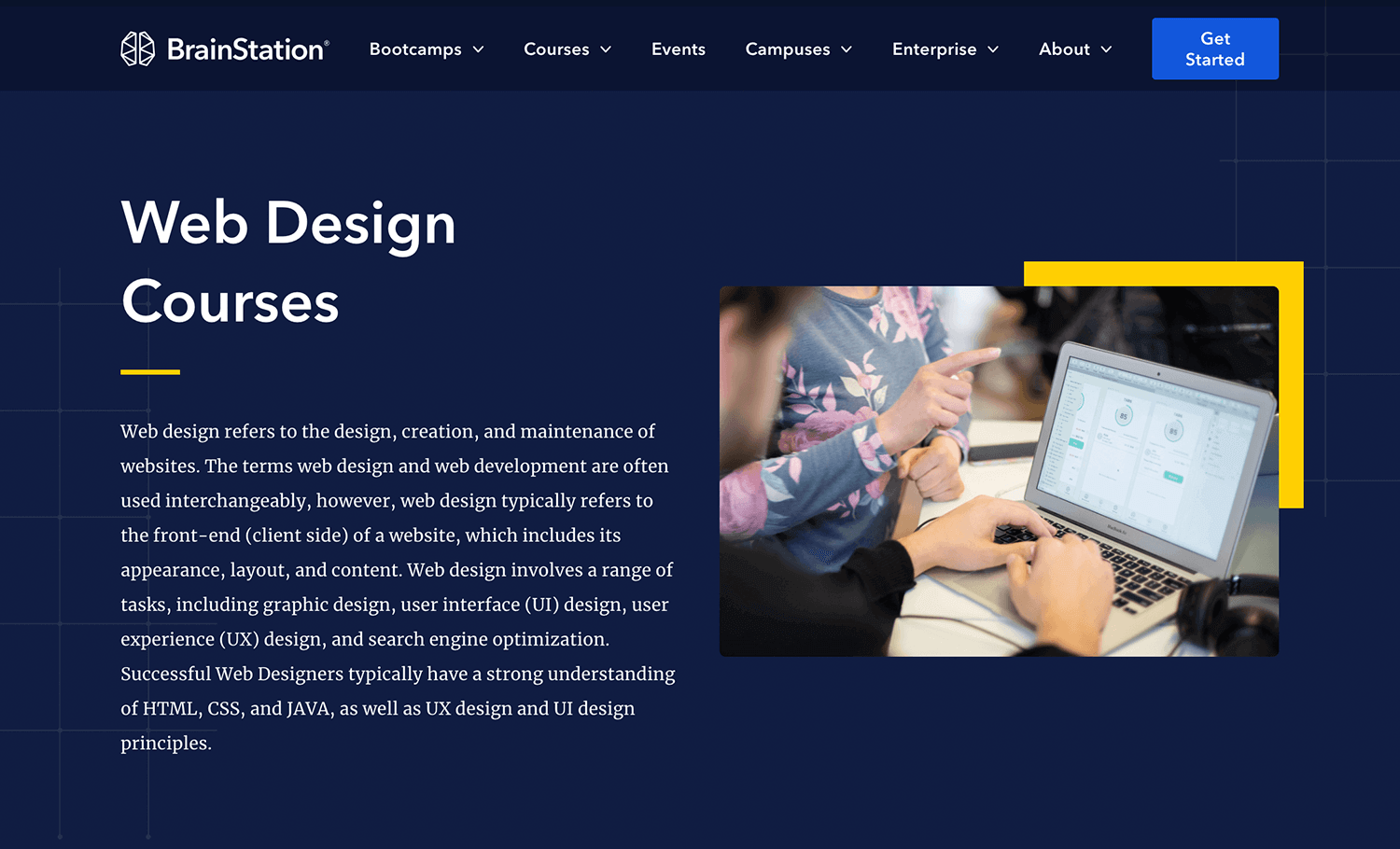The Ideal Kinds Of Website Design to Enhance Individual Experience and Interaction
In the ever-evolving landscape of digital communication, the performance of Web layout considerably influences customer experience and interaction. Various style techniques, such as minimal, receptive, and interactive formats, each deal one-of-a-kind benefits that can provide to diverse customer requirements.
Minimal Web Style
As digital landscapes become progressively chaotic, minimalist Web layout has actually become an effective approach to improving customer experience. This design ideology focuses on simplicity, concentrating on vital elements while getting rid of unnecessary diversions. By utilizing sufficient white area, straightforward navigating, and a minimal color combination, minimalist design promotes quality and guides user focus to crucial material.
The core principle of minimalist website design is to produce a smooth interaction for customers. By reducing cognitive load, users can swiftly understand details without feeling bewildered. This direct method not just enhances functionality yet likewise encourages interaction, as site visitors are more probable to check out a website that is aesthetically attractive and very easy to browse.
Furthermore, minimalist style commonly stresses typography and imagery, utilizing these aspects strategically to share messages effectively. This concentrate on essential components can boost brand name identity and develop a memorable customer experience. Fundamentally, minimal website design is not just a pattern; it is a thoughtful approach that acknowledges the importance of user-centered layout. By removing supplementary elements, designers can produce an extra engaging, reliable, and satisfying Web experience for all users.
Receptive Website Design
In today's varied electronic environment, receptive website design has actually come to be essential for developing a smooth individual experience across a wide range of devices. As individuals access web sites on smartphones, desktop computers, tablet computers, and laptop computers, the capability of a web site to adapt its design and material to different display sizes and resolutions is essential.
Responsive website design employs flexible grids, photos, and CSS media inquiries to make sure that Web content exists ideally, despite the gadget utilized. This approach not just improves the aesthetic charm of an internet site however additionally dramatically improves use. Individuals are more likely to involve with a website that supplies a consistent experience, as it gets rid of the stress of having to zoom in or scroll excessively.
By adopting responsive style, services can enhance their visibility and reach a wider target market. In summary, receptive Web style is a fundamental technique that improves customer experience, engagement, and total fulfillment.
Interactive Web Design
Receptive Web design lays the groundwork for enhancing user experience, however interactive website design takes this an action further by engaging customers in a more dynamic method - Aligned Position Web Design. By incorporating elements such as computer animations, clickable prototypes, and real-time responses, interactive website design astounds customers, attracting them into a richer surfing experience
This approach not only cultivates engagement yet also urges customers to check out material proactively instead of passively eating it. Methods such as gamification, where individuals make rewards for completing tasks, can dramatically improve the moment invested in a site and boost general satisfaction. Interactive functions can simplify complicated information, making it more pleasurable and absorbable.

Integrating interactive style elements can likewise cause higher conversion prices, as individuals are much more likely to involve with a from this source website that actively involves them. Aligned Position Web Design. Ultimately, interactive Web style transforms customer experiences into memorable journeys, making certain that site visitors return time and again
Flat Style
Identified by its minimalistic technique, flat style highlights simpleness and functionality, removing unneeded elements and concentrating on necessary functions. This style approach focuses on usability, ensuring that users can browse user interfaces easily and efficiency. By using a tidy visual, level design gets rid of the clutter usually discovered in much more elaborate styles, consequently boosting user concentrate on web content and performance.
The characteristic of flat style depends on its use bold shades, simple typography, and geometric forms. These elements add to a visually enticing interface that is both friendly and contemporary. In addition, flat style cultivates a sense of quality, allowing individuals to discern essential actions and info without disturbance.
Furthermore, level style is particularly reliable in receptive Web style, as its simpleness converts well throughout various devices and screen sizes. The lack of complex appearances and gradients decreases filling times, which is crucial for maintaining individual involvement. As digital landscapes remain to advance, level layout continues to be a pertinent option for developing straightforward web sites that enhance general experience. By concentrating on essential attributes, flat style not only meets individual needs however also encourages seamless interaction, making it a vital component of effective website design approaches.
Flexible Website Design
Adaptive website design personalizes the customer experience by producing numerous dealt with layouts tailored to different screen sizes and devices. Unlike receptive layout, which fluidly readjusts a solitary design, adaptive layout utilizes distinct layouts for specific breakpoints, making certain optimum discussion on different systems. This strategy enables designers to focus on the unique features of each device, enhancing functionality by providing specifically what customers need based on their context.
One of the key advantages of adaptive website design is its capability to optimize tons times and efficiency. By serving tailored content and images that fit the user's gadget, websites can lessen data use and boost loading speeds. This is especially advantageous for customers with slower connections or minimal information strategies.

Additionally, flexible More hints style promotes a much more consistent and controlled branding experience. Since designers produce several designs, they can ensure that the visual aspects align with the brand name's identification throughout various platforms - Aligned Position Web Design. This results in a cohesive user experience, boosting interaction and promoting customer retention
Final Thought
Finally, the assimilation of minimalist, receptive, and interactive Web design concepts considerably boosts customer experience and involvement. Minimal layout fosters clarity and emphasis, while receptive layout ensures flexibility across various gadgets, promoting ease of access. Interactive layout captivates users with dynamic components, encouraging expedition and personalization. Collectively, these style approaches contribute to the development of easy to use environments that not only enhance contentment but additionally drive higher conversion rates, highlighting their crucial significance in contemporary Web layout techniques.

Minimal design fosters quality and emphasis, while receptive design guarantees flexibility across numerous devices, advertising ease of access. Collectively, these style comes close to contribute to the creation of easy to use settings that not only boost contentment but additionally drive greater conversion prices, underscoring their important relevance in modern Web style methods.